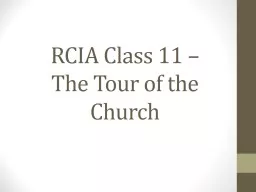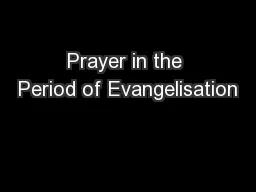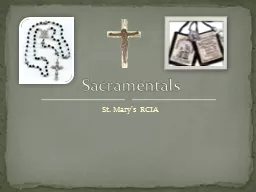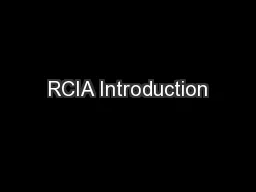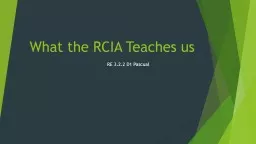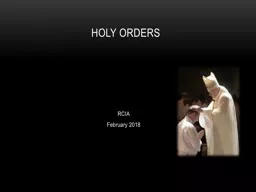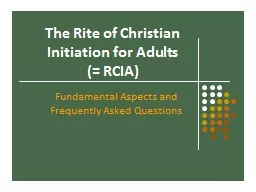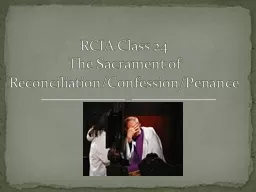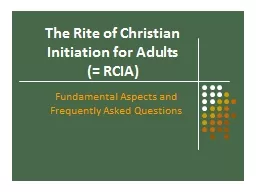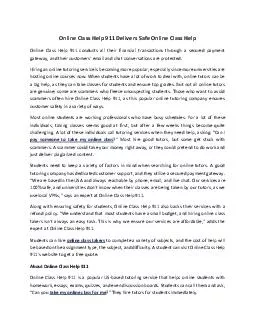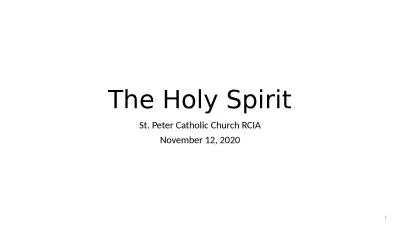PPT-RCIA Class 11 –
Author : trish-goza | Published Date : 2017-03-27
The Tour of the Church Todays topics The Tour of the Church First we will start talking about church architecture Then well talk about the different things that
Presentation Embed Code
Download Presentation
Download Presentation The PPT/PDF document "RCIA Class 11 –" is the property of its rightful owner. Permission is granted to download and print the materials on this website for personal, non-commercial use only, and to display it on your personal computer provided you do not modify the materials and that you retain all copyright notices contained in the materials. By downloading content from our website, you accept the terms of this agreement.
RCIA Class 11 –: Transcript
Download Rules Of Document
"RCIA Class 11 –"The content belongs to its owner. You may download and print it for personal use, without modification, and keep all copyright notices. By downloading, you agree to these terms.
Related Documents

